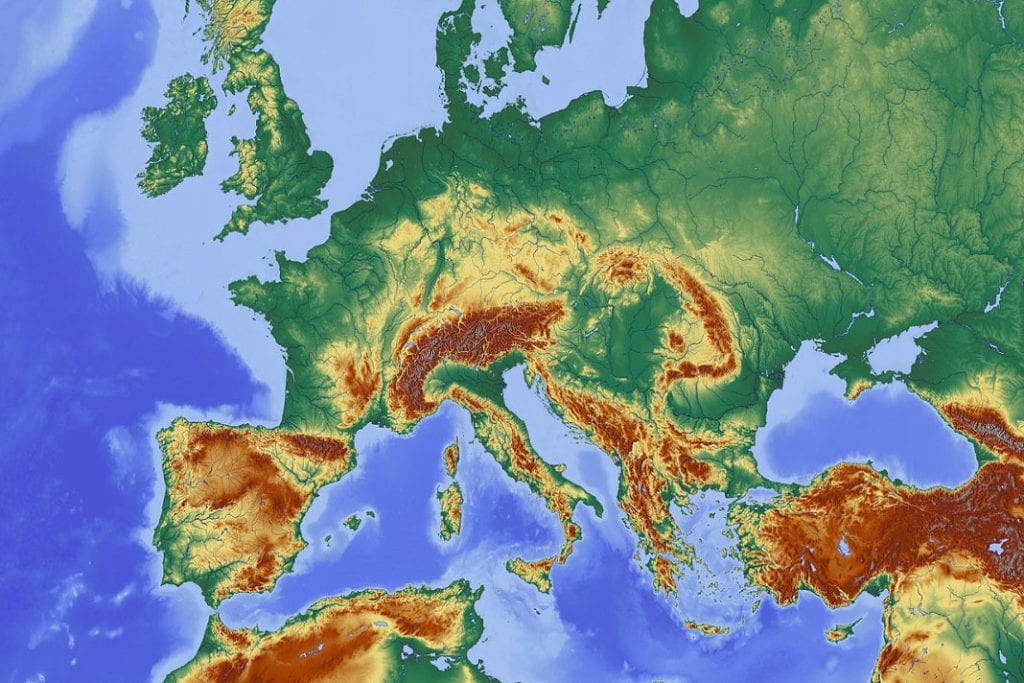Britain may be making its Brexit, but people with rare diseases may want to keep a close eye on the European Union (EU) and its newly formed European Reference Networks (ERNs).
These virtual healthcare provider networks across Europe are pooling their resources and scientific acumen to find new and more effective treatments for rare diseases such as antiphospholipid syndrome.
Individually, rare diseases such as antiphospholipid syndrome may only affect a relative few, but combined they impact the lives of around 30 million people throughout Europe, according to ERN. The collaboration involves 900 highly-specialized healthcare units from over 300 hospitals in 26 ERN member states.
Dr. Daria Julkowska is the coordinator of E-Rare-3, the EU-funded project that accesses research needs for exploring rare diseases. She is hopeful that this new initiative will provide greater care for people throughout Europe (and beyond.)
With the ERN in place, people with rare diseases across Europe will have access to specialists, not matter what country they live in. By breaking down of barriers between healthcare providers, researchers and patients, Julkowska and her colleagues hope to bring about innovative medical discoveries and more effective treatments for rare diseases that currently don’t get sufficient attention or funding.
According to Horizon, The EU Research & Innovation Magazine, E-Rare-3 is coordinated by E-Rare, which was launched in 2006.
Its effects are now reaching beyond Europe to the US, Japan, and Canada. Over the past 11 years, collaboration has grown between rare-disease specialists with more than EUR 100 million being invested in research, diagnostic tools, treatment protocols and therapeutic approaches.
Although no specific treatment or breakthrough can be attributed to this United Colors of Benetton approach to rare disease research, the new E-Rare-3 efforts intend to change that very soon.







